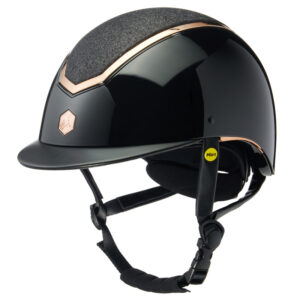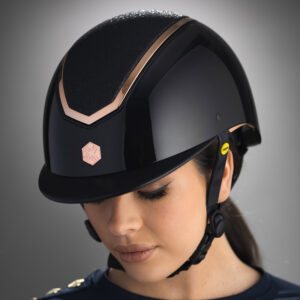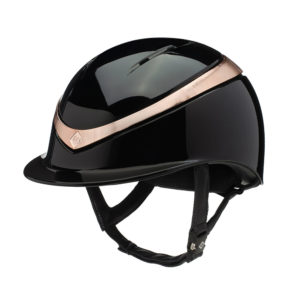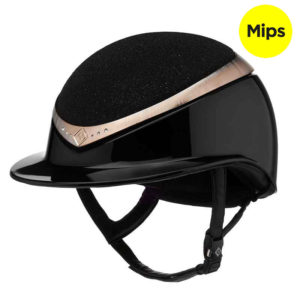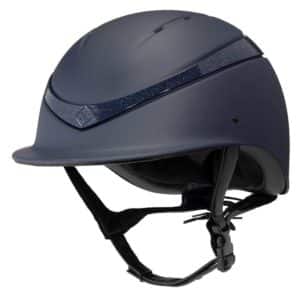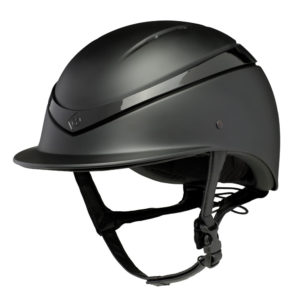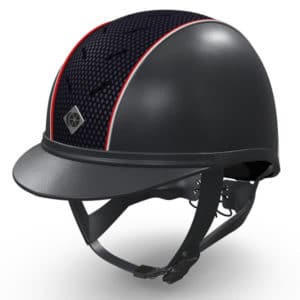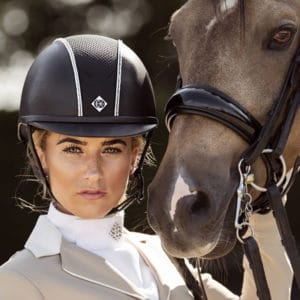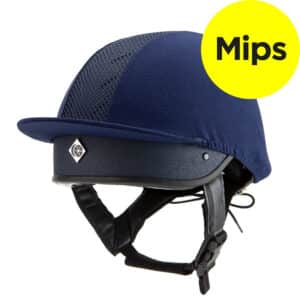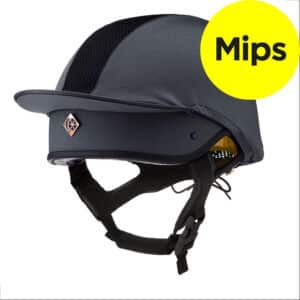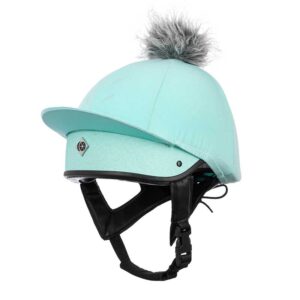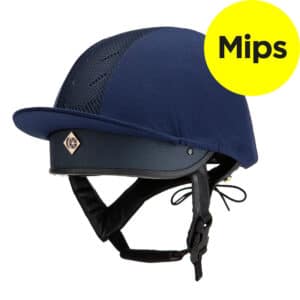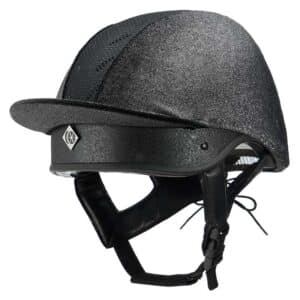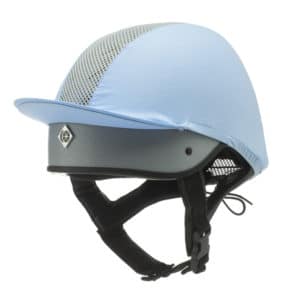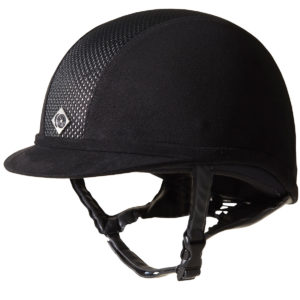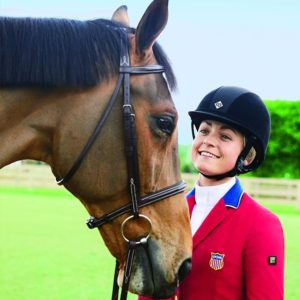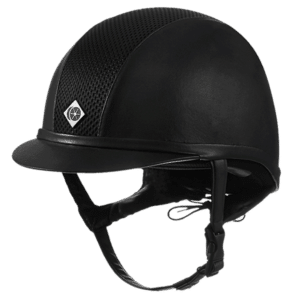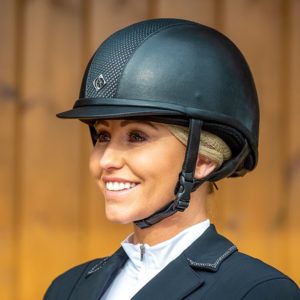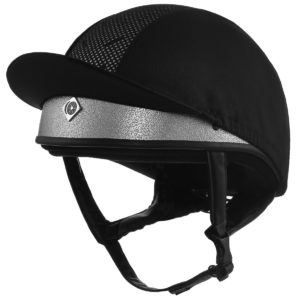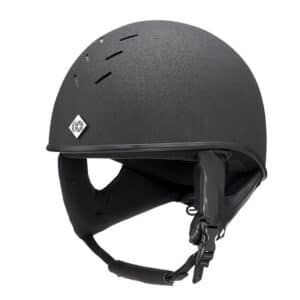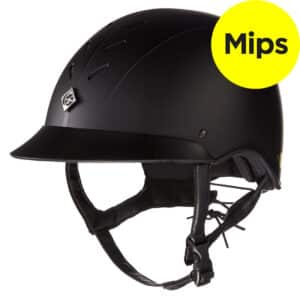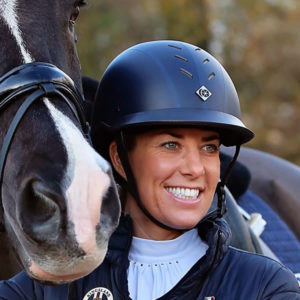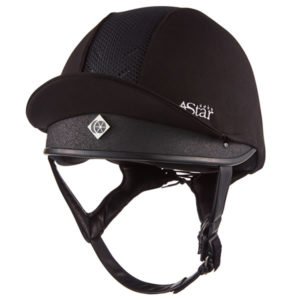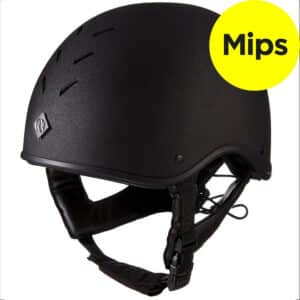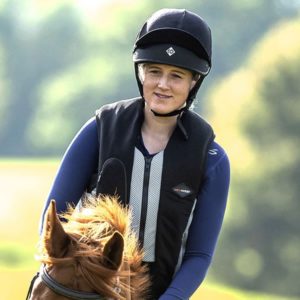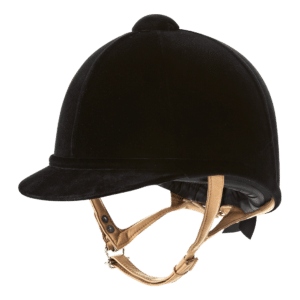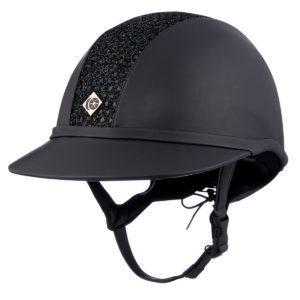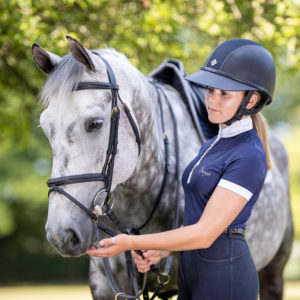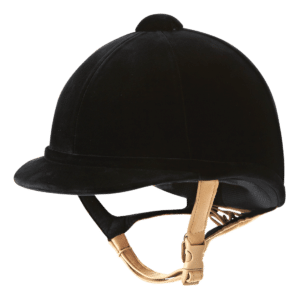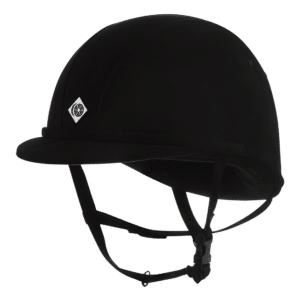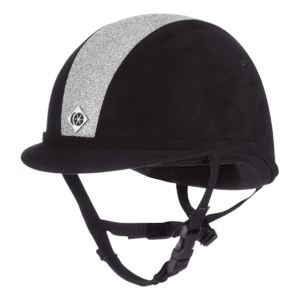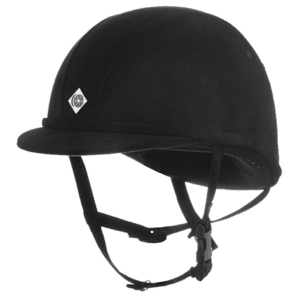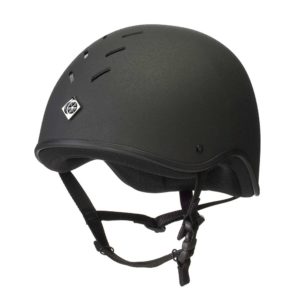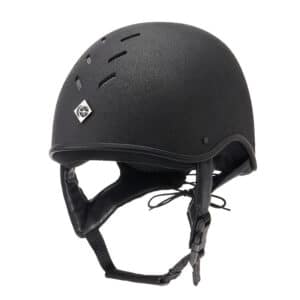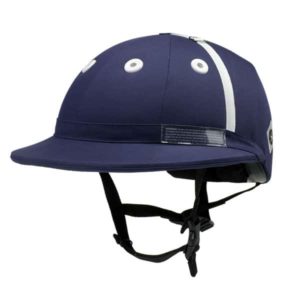Riding helmets for every horse rider, no matter the discipline or shape of your head. Ride with confidence knowing each Charles Owen riding hat is handmade in the UK and meets multiple safety standards. Need help? Here’s how to choose a riding helmet.
Kids
Peaked
Peaked
Kids
Peaked
Peaked
Jockey Skull Caps
Jockey Skull Caps
Jockey Skull Caps
Jockey Skull Caps
Jockey Skull Caps
Jockey Skull Caps
Peaked
Peaked
Jockey Skull Caps
Jockey Skull Caps
Peaked
Jockey Skull Caps
Jockey Skull Caps
Velvet
Peaked
Velvet
Kids
Kids
Kids
Kids
Jockey Skull Caps
Peaked
Riding helmet FAQs
Why should I wear a riding helmet?
A horse riding hat is the most important piece of equipment you will own. Whether you're a champion jockey or just starting riding lessons, always wear a helmet to keep safe.
Many riding accidents happen out of the saddle so even when you're not riding you should wear a helmet at all times around horses.
All major equestrian sporting bodies require riders to wear riding helmets that meet minimum safety standards. 90% of Charles Owen helmets meet at least three international safety standards.
Learn more with our useful guides, from how to fit a riding hat to how they are made in our North Wales factory!
Which riding helmet is best for me?
The right helmet for you should fit properly and offer at least three safety standards.
While helmet safety should be your main concern, the type of riding you do is also a key consideration. High-risk sports, such as eventing, require the greatest level of protection. If you compete, each governing body has its own riding hat rules.
Many horse riders enjoy different types of riding and have helmets to suit each discipline. For more tips, see how choose the right riding helmet.
What size riding helmet do I need?
Charles Owen’s helmet range caters for every head shape. If one helmet model doesn’t feel right, try a Round Fit version or another model.
To get the right size riding helmet, first measure the widest part of your head. Then use a sizing chart to find your equivalent helmet size.
For the full steps, see how to measure and fit a riding helmet.
Wherever possible, we always recommend visiting a stockist to be fitted professionally.
When should I replace my riding helmet?
The lifespan of a riding helmet is five years from the date of first wear.
Even if you haven’t been in an accident with your helmet, it’s important to replace it after this time. This is due to natural wear and tear on the materials.
If your helmet suffers any kind of impact, no matter how small, its protective qualities will be compromised. You should replace your helmet before riding again.
Lastly, if your helmet ever becomes too loose or too tight, it’s time for a new one.
How safe are riding helmets?
Equestrian safety standards have come a long way. But not all riding helmets are created and tested equally.
Just because a helmet is on the market, does not mean it is giving you the best level of protection.
There are still different levels of safety standards which test for different types of accidents.
For instance, a helmet only certified to ASTM has not been tested for a horse’s hoof landing on your head.
Always choose a riding helmet that has as many certified standards as possible.
